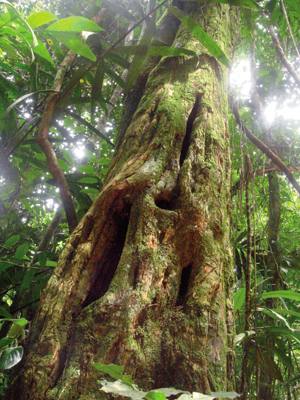

When it was spread that it was good at treating inaccessible quinine or the malaria that had emerged from the bark of the kino trees of the genus Cinchona, in Europe this skin was given a large number of names. In the middle of the seventeenth century he was the wife of a viceroy “of works” in the area of Peru and Bolivia and allegedly divulged the quinine in honor of the countess of Chinchongo “the skin of the countess”, supposedly “the skin of the Jesuits” in tribute to the warriors who discovered and received that knowledge and “the skin of Peru” in the place where it was found. In Europe, it did not occur to anyone to put the “skin of the Queches” in tribute to the culture that he had researched and gathered within him.
When a Jesuit sent him to Rome and put him on his way to cure the disease, in a city surrounded by marshes and marshes, the news of the virtues and powers of quinine soon became known. Everyone wanted to seize part of the advantage of this promising medicine. The new species of this genus found in these territories came continuously from America to Spain. The British and the Dutch were nothing wrong and, despite the ban on exports from America, they could get seeds there or there, probably paid for gold on the upper floor.
The Europeans, thanks to Quinina, peacefully entered black Africa through the horrific swamps and swamps that have never been abandoned before. Quinine became strategic in the wars that took place in the tropics of warriors on the side of the world: In India and throughout South Asia and Africa mainly. The Dutch were committed to producing and marketing. During the 1930s eleven million kilograms of quinine were produced annually, 97% of the world's quinine production. In 1944, synthetic quinine was created in the lab, but it was hugely expensive. During the Second World War, the Germans occupied the Philippines and Indonesia and took over the world of quinine. The United States realized and managed to hide four million seeds from the Philippines and plant them in Costa Rica, but a little later!
The kino tree of the species Cinchona calisaya was found in Mount Calisaya, in Bolivia. The first reference to it is found in a letter written on 27 October 1792. Not those of Chinchongo, written on this occasion by the secretary of another count, the Count of Ezpeleta de Beire, governor of Cuba and king of South America, José Manuel Ignacio Timoteo of Ezpeleta and Galdeano (1739-1823).